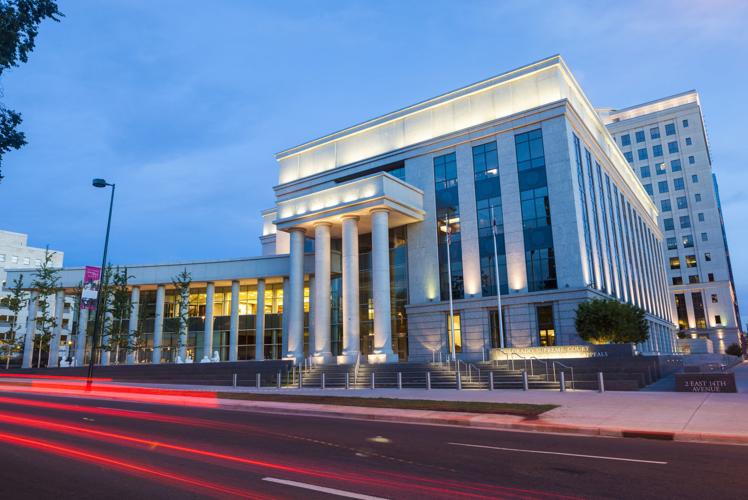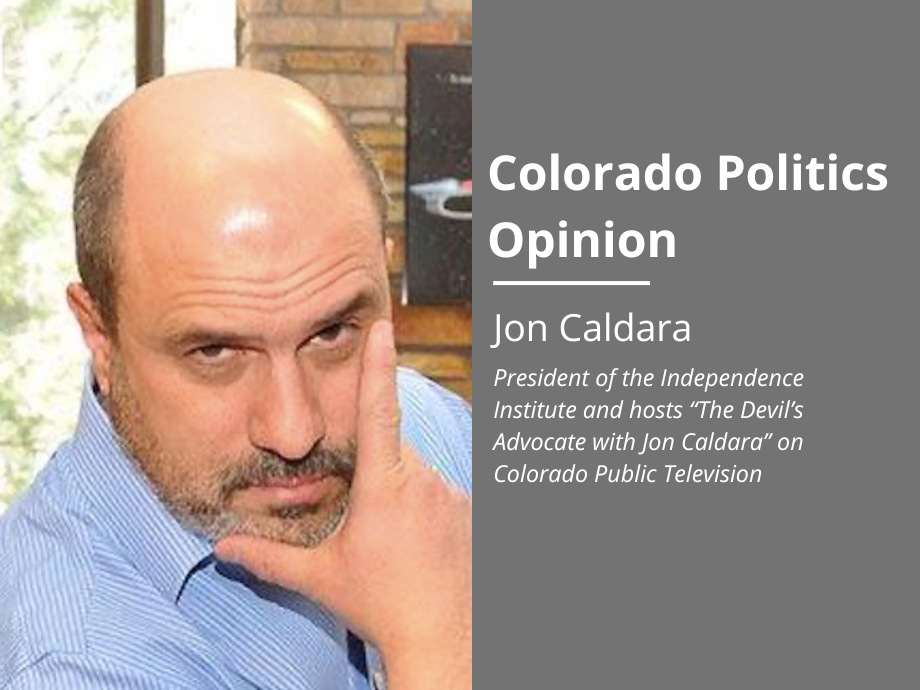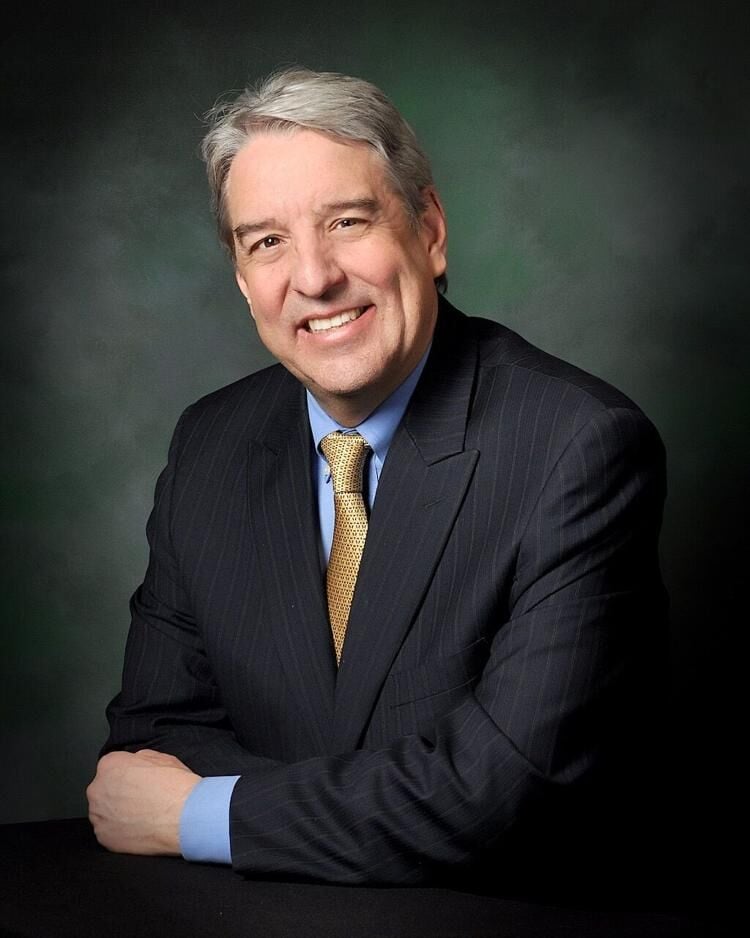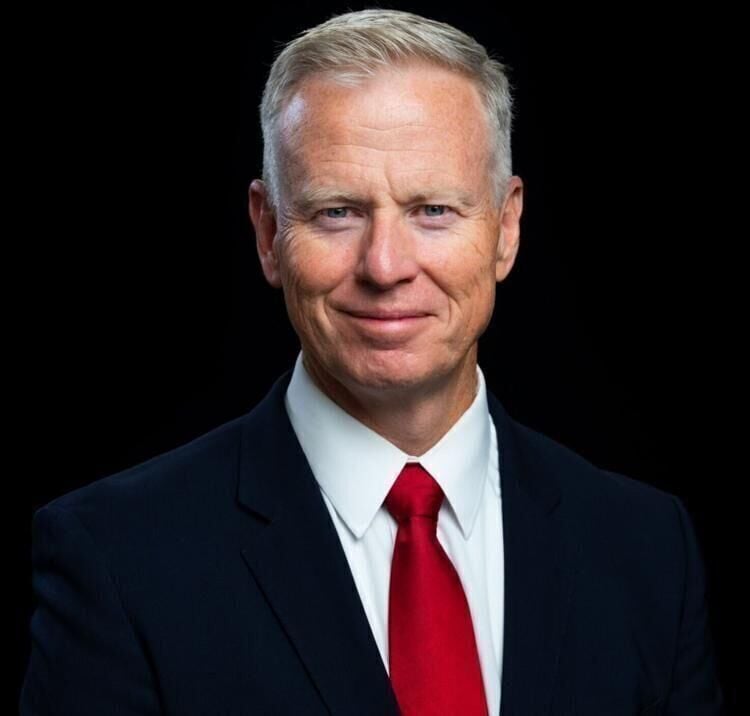CRONIN & LOEVY: One people, one planet, one future?
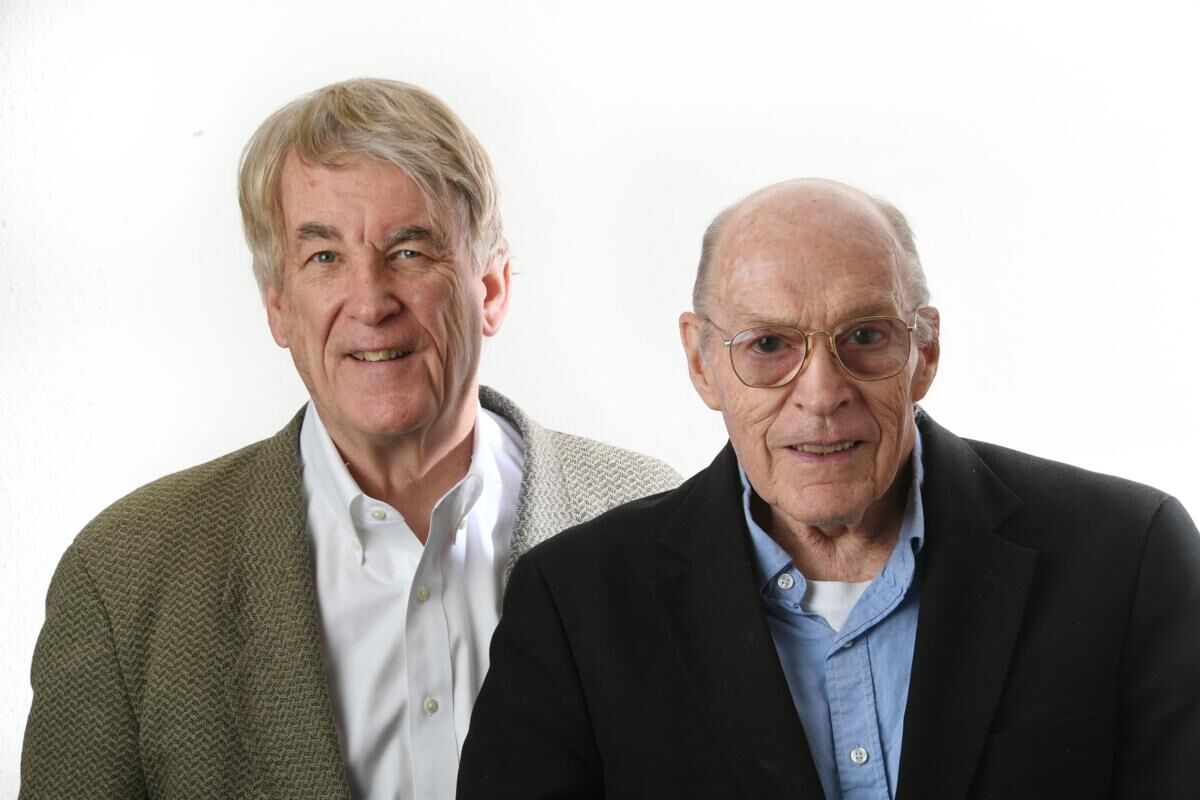
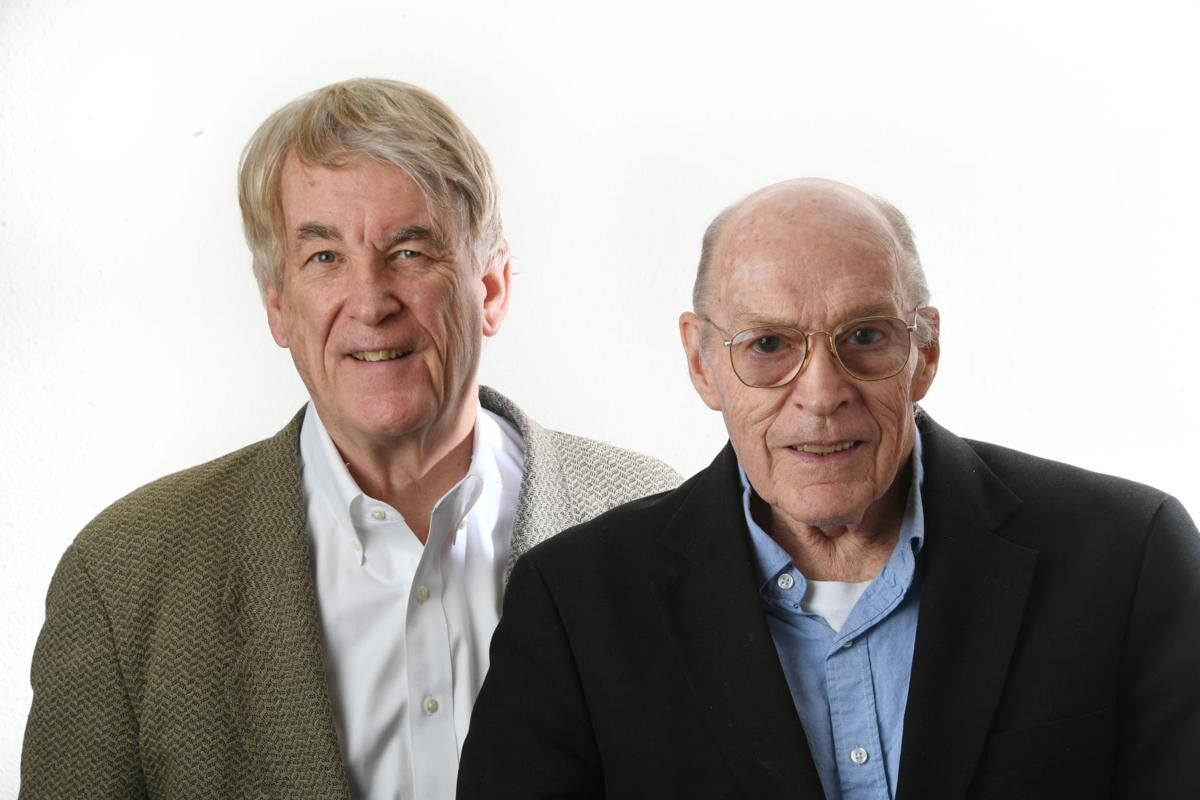
Tom Cronin & Bob Loevy
Combatting terrorism, global food shortages, climate change, pandemics and supply-chain disruptions requires cooperation among many nations. No one, or even a few nations, can do these things alone.
U.S. Defense Secretary Lloyd Austin noted these realities on two recent trips to Colorado Springs. He hosted Canadian Prime Minister Justin Trudeau on a tour of NORAD, the U.S./Canadian jointly-run North American Air Defense command housed in Cheyenne Mountain.
Prior to that, giving the graduation speech at the Air Force Academy, Austin explained that the United States is building “a rules based international order.” He noted our “unrivaled network of allies and partners.” He cited as an example the 90 countries that joined together in a “Defeat Isis Coalition.” This “power of partnerships” idea is further being worked on, he added, with the possible addition of two or three nations to NATO, the North Atlantic Treaty Organization mutual-defense pact.
Yet international trust and cooperation are being severely tested in Ukraine and in Iran. The United Nations often proves ineffective, as can a polarized United States. British historians like Arnold J. Toynbee promoted for years the idea that the United States and its allies should be striving for a more cooperative and collaborative set of alliances aimed at world peace. Defense Secretary Austin sounded much like Toynbee, who called for building a “World Civilization.”
Toynbee argued that periodically in human history there emerges a “Civilization,” a group of nation-states whose ideas and ways of doing things come to influence the world. Often, one nation-state is the most powerful leader in the Civilization and comes to lead it and symbolize it.
Toynbee studied many centuries of human history and concluded there had been at least 20 major Civilizations. Three of the most important were the Egyptian Civilization in the ancient world, the Roman Empire, and our present World Civilization. Planet earth is filled with the ruins of past Civilizations. The pyramids in Egypt, the Parthenon in Athens, the Roman Forum in Rome, the Mayan ruins in Mexico and the Inca ruins in Peru are a few.
According to Toynbee, the birth of our World Civilization occurred at the time of the Renaissance and the Reformation. A creative minority began using scientific thinking and technological advances to break away from tradition-dominated ways of doing things. It was the dawning of an age of geographical exploration as well as all kinds of experimentation. A capitalistic economy developed which, as time went by, became regulated in many instances by democratic governments. There thus was the rise of the great democracies alongside the monarchies and despotisms of old.
Toynbee saw industrialism and democracy as the two greatest developments of our present world civilization. He wrote that modern manufacturers and technicians spread modern values more than governments and armies. He traced the birth of democracy in our world civilization to the development of Parliament in England. He believed “democracy is the political expression of humanitarianism.”
At the beginning of our civilization, there were many nation-states. A prolonged series of wars — including two great World Wars — resulted in the concentration, in 1945, of power in two large and populous nation-states, the United States and the Soviet Union.
Because of the development of nuclear and hydrogen weapons during World War II, the expected final confrontation between the two nation-states (to establish single nation-state control of the civilization) was horrifying to contemplate in terms of destroyed cities and human casualties.
Faced with a military challenge from the Soviet Union, the United States began negotiating bilateral and multilateral military treaties with other nations to counterbalance the military power of the Soviets. These military treaties were soon followed by well-financed economic aid programs to other nation-states (the Marshall Plan, etc.) and major trade agreements (the North American Free Trade Agreement, or NAFTA, etc.).
The plausible “Universal State” that the United States has been building since the end of World War II is unique in this regard. It has not been adding other nation-states to an empire and sending its own people to govern them, as did the Roman Empire and many other universal states. The United States has been using voluntary treaties and confederations, such as the U.N., NATO and NAFTA, to try to build an orderly world.
Toynbee died in 1975, just at the time when there had been a major cooling off in the Cold War between the United States and the Soviet Union.
The fall of the Berlin Wall in 1989, and the break-up of the Soviet Union into its constituent states two years later in 1991, were notable markers for Toynbee followers. The main competitor of the United States for control of the world civilization had been weakened. The final horrific military battle for mastery of the civilization, fought with nuclear and hydrogen weapons, had been avoided.
The United States, since 1991, has been the leading force for collaboration among most nations. As Toynbee predicted, the United States has been troubled by small wars on the fringes of the world civilization, in places such as Kuwait, Iraq and Afghanistan. The United States has had to deal with troublesome and rebellious small powers in North Korea and Iran. That is the typical role of the nation-state that succeeds in leading the final “Universal State” phase of a civilization.
The U.S. coalition of alliances is impressive and qualifies as a Toynbee-style civilization. Yet it is struggling. More cooperation and collaboration are necessary to confront the handful of crises facing the United States and its allies. The rise of China poses opportunities as well as threats to the United States.
The idealistic Toynbee would have agreed with a local bumper sticker that says: “One People, One Planet, One Future?” but nationalism and competing religious ideologies are deep-seated forces that compete with Toynbee-style internationalism.
Toynbee’s theory of world civilization is a good theory for explaining world events in the 20th and early 21st centuries — and perhaps for hundreds of years to come.
Tom Cronin and Bob Loevy write about Colorado and national politics. For a long version of this article, search the internet for “Bob Loevy homepage” and click on A-7.




